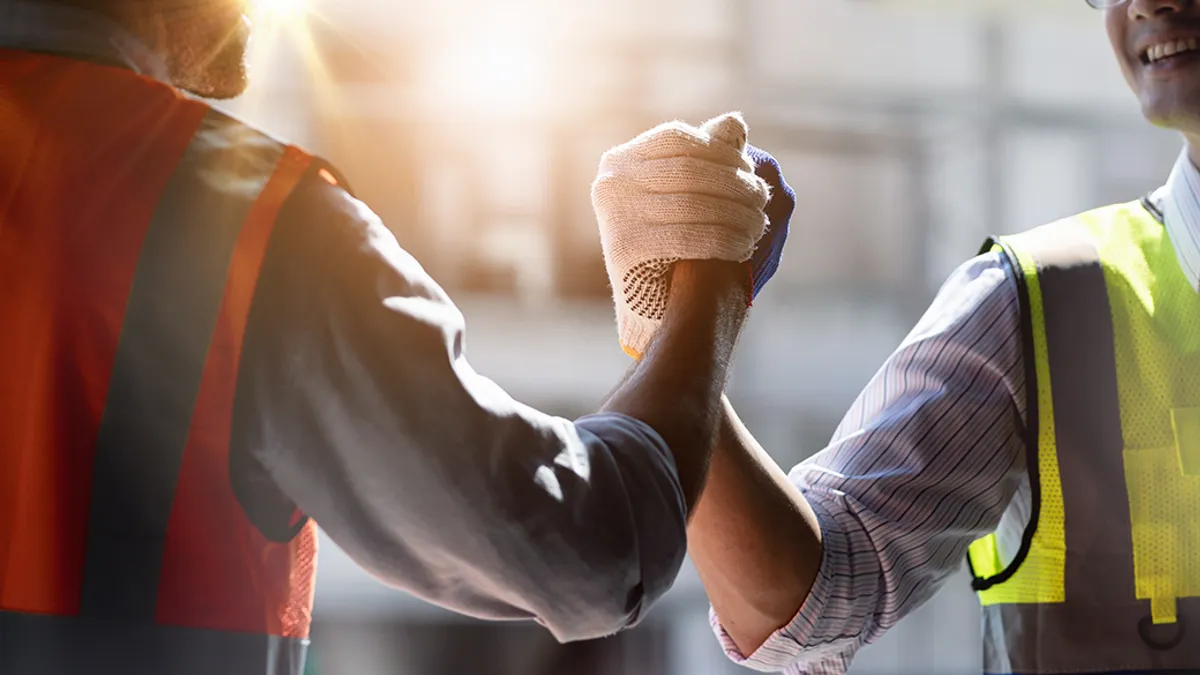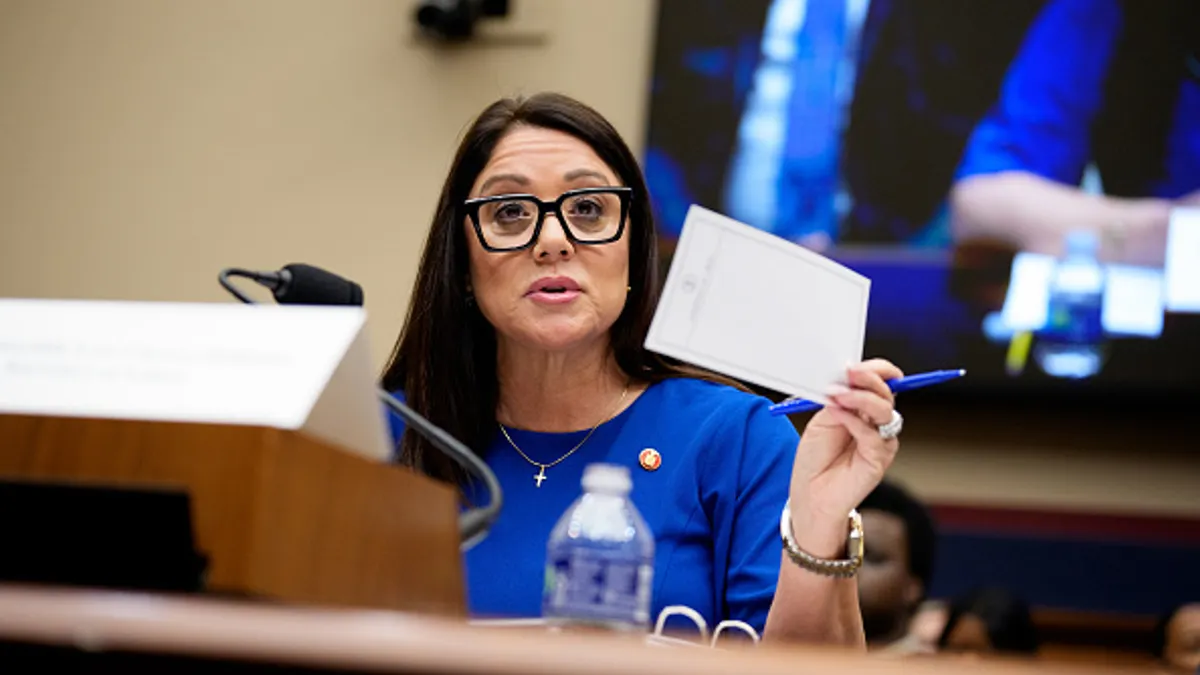The safety of workers on construction sites is not just a statistic; it's a matter of life and death. In 2020 alone, there were a staggering 174,100 reported construction injuries and 1,034 tragic deaths, according to the U.S. Bureau of Labor Statistics. These incidents are not just numbers; they represent real people, families and communities devastated by these accidents. Moreover, the financial impact is staggering, with worker's compensation costs exceeding $7 billion annually. These figures should serve as a sobering reminder of the urgent need for robust safety measures to protect every worker and prevent these heartbreaking incidents from occurring.
The Impact of Workers’ Comp on a Business
The financial repercussions of safety lapses on construction sites are substantial. In the past year, OSHA violations have cost contractors an average of $4,236 per citation, significantly damaging their budgets. Furthermore, when safety incidents occur in conjunction with OSHA violations, contractors experience a substantial increase in their insurance premiums, adding to their financial burdens. Shockingly, in construction, nearly 4% of all employer compensation costs were spent on workers' compensation, more than double the average costs for employers in all industries. These figures highlight not only the human cost of safety lapses but also the profound financial implications for businesses in the construction sector.
Preventing Accidents and Injuries
To mitigate the risks of accidents and injuries on construction sites, several proactive measures can be implemented. Regular OSHA training and refresher courses are essential to ensure that workers are up to date with safety protocols. These courses not only reinforce the importance of safety but also educate workers about new regulations and best practices. Appointing a dedicated safety manager can further enhance safety efforts by ensuring that safety issues are addressed promptly and effectively. This individual can oversee safety procedures, conduct regular inspections and provide ongoing safety training to workers. Their presence on-site can also serve as a reminder to prioritize safety in all aspects of the job. These measures, when implemented effectively, can create a safer and more secure work environment.
Technology can significantly improve safety on construction sites. Wearable devices that recognize improper moving or lifting techniques can help prevent injuries by alerting workers when they are at risk of injury. Jobsite cameras can also enhance safety by monitoring adherence to safety guidelines, ensuring workers wear the correct PPE and identifying potential hazards. Furthermore, integrating AI capabilities, such as SiteCloud, can provide real-time insights into safety performance. By analyzing data from cameras and other sensors, AI can help spot potential safety violations before they occur, allowing for timely intervention and risk mitigation.
Avoiding Fraudulent Workers’ Comp Claims
Identifying the exact circumstances surrounding an accident or injury is crucial for improving safety and accurately assessing claims. When the details of an incident are well-documented and understood, it becomes easier to determine the accuracy of a claim. This knowledge can help prevent fraudulent claims and ensure that legitimate claims are handled fairly and promptly. Moreover, the presence of cameras on the worksite can act as a deterrent to false claims. Workers who know they are being filmed are less likely to make inaccurate or exaggerated claims, knowing there is evidence to support or refute their assertions. This transparency and accountability can foster a culture of safety and trust on construction sites, benefiting workers and employers.
Ensuring Safety on the Jobsite
Jobsite monitoring, through a combination of training, technology and proactive safety measures, is paramount for ensuring the safety and well-being of construction workers. Companies can significantly reduce the risks of accidents and injuries by utilizing OSHA training, appointing safety managers, implementing wearable devices and leveraging jobsite cameras with monitoring capabilities like SiteCloud. Moreover, the presence of monitoring systems helps in incident prevention but also aids in accurately assessing claims, fostering a safer and more transparent work environment. Investing in comprehensive monitoring solutions is not just a regulatory requirement but a fundamental step toward creating a safer, more efficient and more accountable construction industry for all stakeholders.
About Sensera Systems
For anyone responsible for delivering safe, secure and successful projects on time and on budget, Sensera Systems provides jobsite intelligence solutions that lead to better outcomes. Self-contained, solar-powered and wirelessly connected camera hardware, software and services from Sensera Systems are easy to install, use and scale across any jobsite. Visit our website to learn more about how Sensera Systems can help you build with confidence: www.senserasystems.com/.






